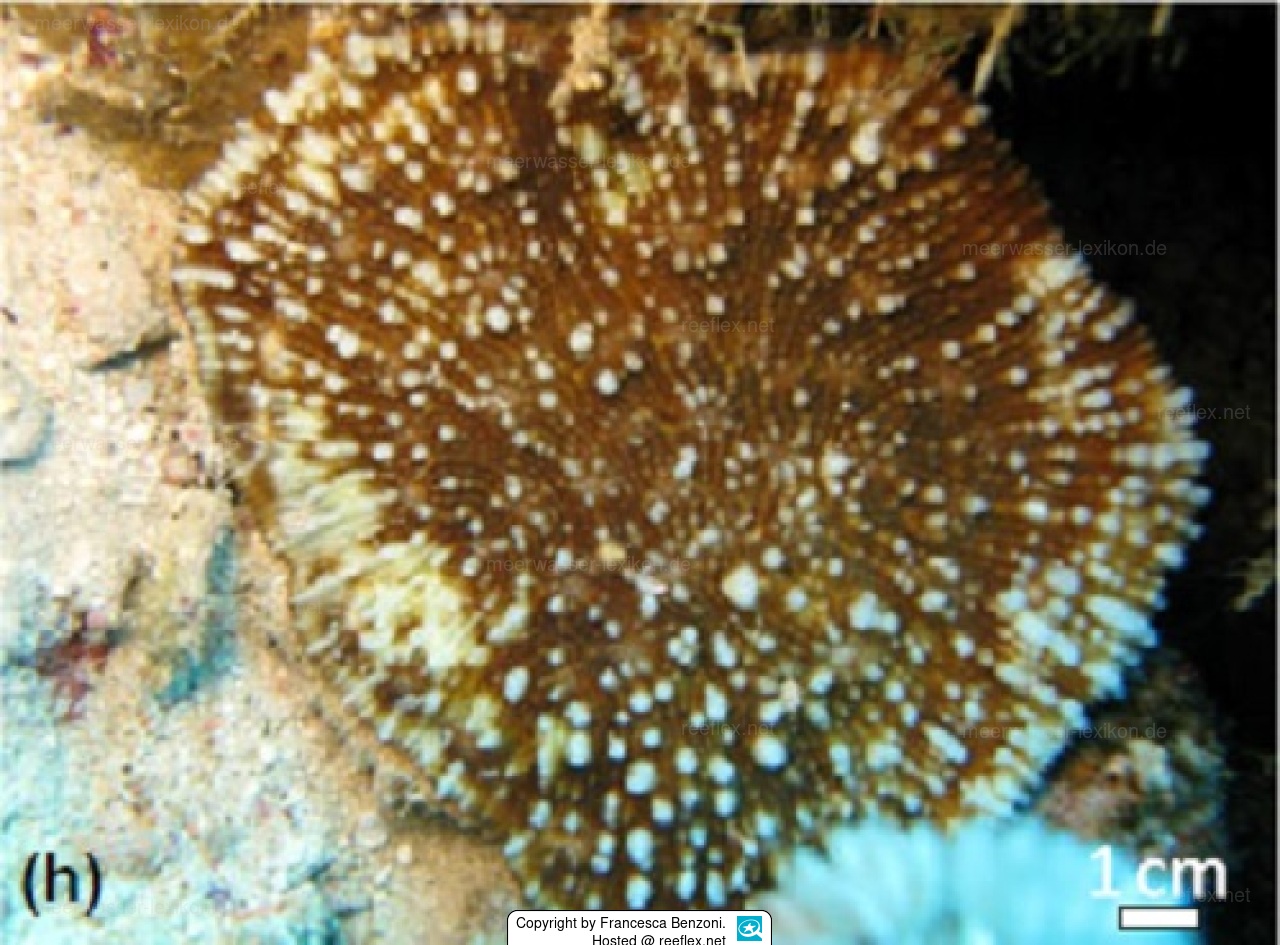Info
Original Article
Uncovering hidden coral diversity: a new cryptic lobophylliid scleractinian from the Indian Ocean
Roberto Arrigoni, Michael L. Berumen, Jaroslaw Stolarski, Tullia I. Terraneo, Francesca Benzoni
First published: 21 June 2018
https://doi.org/10.1111/cla.12346







 Prof. Dr. Francesca Benzoni, Italien
Prof. Dr. Francesca Benzoni, Italien








